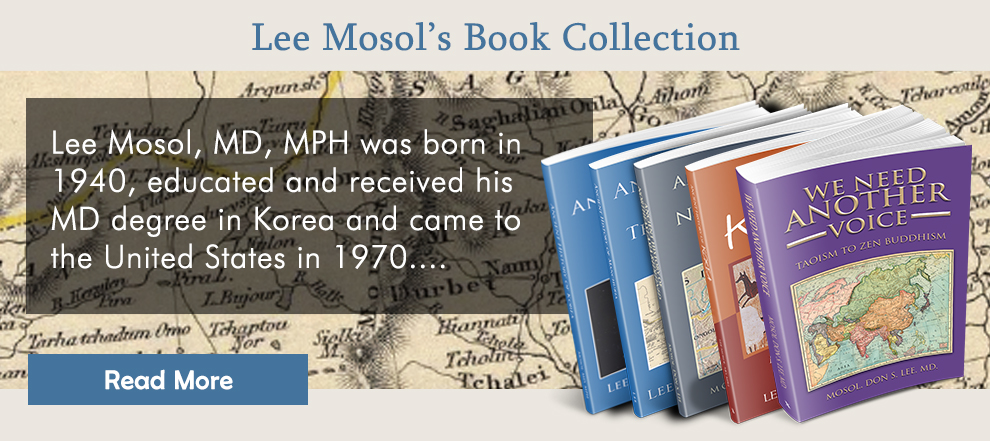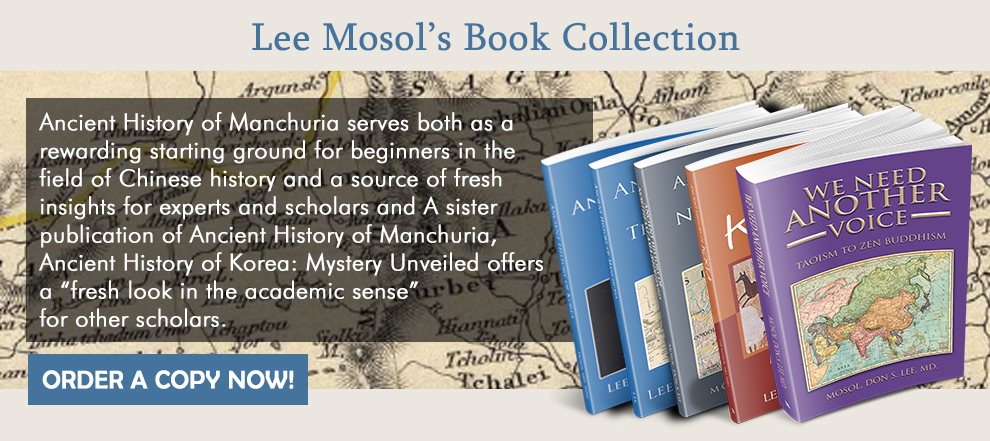The Jade Piece (玉篇) dictionary.
It is known that Gu Yewang (顧野王; 519-581) of the Liang Dynasty in southern China compiled the original Jade Piece. Though the nature of Jade Piece (玉篇) is not known, the Yanshi jiaxun (顏氏家訓) compiled by Yan Zhitui (顏之推; 531–591) has some evidences. Yan Zhitui and Gu Yewang were same generation. Most likely they knew each other well. Yan Zhitui stated that Gu Yewang misinterpreted PLC of Hei(흑,흐어)(從黑更無義旨) to semantic word absent. He also pointed out lots of such examples. Some northern elders used tar-tar language(濌濌語) that is Tungusic language . The language of Hahn-Yae could be the basis of the original Yupian (玉篇) and Hae Piece(海篇).
Since Old Joseon descendants revolted and chased out the Sama clan to the south, Baekjae and Goguryeo flourished. It is the era that Choe Chiwon (海雲, 孤雲 崔致遠: 857- 908?) said as armored soldiers (强兵百萬)over one million, and so on . Tongdian has that Goguryeo had many valuable ancient scriptures including Jade Piece (三國志, 晉陽秋, 玉篇, 字統, 字林) and other dictionaries before . Silla unified Three Kingdoms. Records of Goguryeo and Baekjae got lost. The current Jade Piece (玉篇) had evolved from the Silla. It is the oldest Chinese-Korean dictionary in the Eastern Shore of Hahn Hae and being used as synonym of dictionary.
Before Choe Chiwon, Queen Seondeok (善德王 德曼: c. 610 – 647) of Silla inherited the throne from her father Jinpyeong (眞平王;567? – 632), who had adapted Buddhist ritual service(八關會) from the Northern Qi, observed the collapse of mighty Baekjae empire across the Sea of Hahn . She inherited the title Duke Nangrang (樂浪公) from her father, built a large Buddhist temple, set up Cheomseongdae, and sent scholars to the Tang court. She built the foundation for the Unified Silla . It appears that Silla adapted many words from the Buddhist. Yet, Samguk sagi and yusa didn’t stated anything about the Jade Piece. Though the fate of Goguryeo Jade Piece (玉篇) is unknown, it is apparent that Hahn-Yae characters (韓穢文字) were widely used in the Three Kingdoms. The name Jade Piece appeared in the Book of Goryeo History along with many other ancient books.
Both Goryeo and Song dynasty had encountered with the nomadic Northern power. The 4th King Gwangjong (925- 975) of Goryeo set the firm ground equivalent to the Queen Seondeok of Silla, made active trade with continental kingdoms; Late Zhou (後周; 951 – 960) in 951 through 959 and Northern Song (北宋: 960–1127) thereafter. He sent delegates to the Northern Song in 962 and made an alliance to defend northern invasions and maintained active trading through the Sea route. Khitan didn’t like it, invaded Goryeo three time. The Battle of Gwiju(龜州大捷) in 1019 was the last one. Rare books in the Goryeo survibed.
The Seonjong (高麗宣宗: r. 1083–1094) of Goguryeo received a letter from the Northern Song through his delegate, Lee Ja-Ei (李資義) in August 1091, that Song court wanted lots of rare ancient books that Goryeo have had . The list of books included Jade Piece dictionary, lots of southern dynasty records( 梁典, 吳均齊春秋,呂悅字林)and Book of Wei being cited by Monk Ilreyon and editors of the Samguk sagi.
A group of Song delegate visited Goryeo and left (高麗圖經) in 1123 by Seo-Geun(徐兢, 1091-1153) who met the main author of Samguk sagi and described details about the Goryeo. By then, traditional folk religion in Korean peninsula was replaced with Buddhism in the capital region of Goryeo. The Buddhism was recognized as the national religion. The ritual service (八關會) from the Silla extended several days. The totem pole was pushed aside as the statue of King and Queen referring the birth of Goguryeo .
Sūn Mù (孫穆: ?-?) was an officer of the Chinese Song dynasty embassy, compiled the Jilin leishi (鷄林類事) in 1103–1104 about the Goryeo. Sūn Mù used the word Jilin(鷄林) which means the Goryeo Jade Piece was written Silla language, not from the Goguryeo Jade Piece. Where about the Jade piece (玉篇) dictionary of Goryeo that had survived Khitan the invasion is unknown.
Gu Yewang (顧野王; 519-581) is southerner, made the original Yupian (玉篇), and left lots of mistranslation. The Kangxi Zidian (康熙字典) dictionary cited lots of other dictionaries including Hae Piece(海篇), which could be another form of Jade dictionary.
The Yae-Maek people who used to live in their home land in the Hae river watershed, moved down to the south along the costal waterway and settled in the eastern shore of Long River Delta. Their mother tongue was Tungusic language. They were enslaved as chancery clerk working in the King’s court of Western Zhou. They named it as the chancery script(隸書) also known as Small Seal Scripts(小篆), which is the precursors of the Hae (楷書, 海書)style. It remained in the north, dominant in the Han dynasty, and in use through the Wei-Jin periods. Gu Yewang made a dictionary to interpret the scriptures engraved by the language of Hahn-Yae people. They interpreted as he made Yupian (玉篇) dictionary. It appears to be another fallacy. The Ok-Pyeon (玉篇) is a short from of (金匱玉版圖籍), literally ideographs engraved on the Piece of Jade. It was collection of ancient Tungusic language being described as the language of Hai (解, 奚, 楷書, 何語)People by Southern Chinese. It is written in the Records of the Three Kingdoms: Northerners came down acted as a pirates (海賊胡玉). southerners couldn’t engrave the Jade (吳時無能刻玉). The mysterious Hae Piece(海篇) could be another fake name made to conceal the truth of Jade Dictionary. The evolution and difference of Southern and Northern phonetics were briefly described in the dictionary as explaining the ideograph “Bi 怌”, that is a compound ideograph meaning the mind of king Bi, was being explored before.
Nevertheless, as the Continental Baekjae was collapsed and Northern Sea route blocked by Goguryeo, the Yupian (玉篇) made by southerners and other records of continental (Biryu) Baekjae came to the eastern shore of Hahn-Hae; Silla and Japanese archipelago. Those records could be the origin of Japanese Classics. The Unified Silla should have it. But it is not shown to the record. The Korean historiographies compiled during Goryeo dynasty didn’t leave any clue about the origin of Jade Piece (玉篇) and not mention the Hae Piece(海篇) dictionaries. Only the word Jade Piece stands for the synonym of Ancient dictionary.
As the fourth king Sejong (1397 –1450) of the Joseon started to working on Hunminjeongeum (訓民正音), sent scholars to Manchuria to learn Tone and Rhythm(音韻). The Dongguk Jeongun (東國正韻: Standard Rhymes of the Eastern States) was printed a year after announcement of Korean alphabet, Hangul. It was a companion volume to Hangul, but no word of Jade Piece shown in the early era of Rhee Joseon dynasty. The Tone and Rhythm is not clearly defined in the Korean language.
As Confucianism stood up strong over the Buddhism, the word Jade Piece(玉篇) reappeared as “韻會玉篇” compiled in 1536 by Choe Sejin (崔世珍: 1468~1542) basis on the Song era dictionary. He also compiled the Hunmong Jahoe (訓蒙字會), literally Collection of Northern ideographs interpretation in 1527.
The Hae Piece(海篇) is a short title of “玉堂釐正字義韻律海篇心鏡” compiled by a scholar from Shandong (山東 茌平)province during the Ming dynasty. It includes Thousand Character Classic (千字文), also known to be compiled during the Liang dynasty.
The origin and fate of Yupian (玉篇) and Gu Yewang(顧野王) is remained as mystery.
End
May 14th, 2020
About the Author
Written by Lee Mosol
Retired physician from GWU and Georgetown University in 2010 2011: First Book in Korean "뿌리를 찾아서, Searching for the Root" 2013: Ancient History of the Manchuria. Redefining the Past. 2015: Ancient History of Korea. Mystery Unveiled.
Recent Posts
Recent Comments
- Don S. Lee MD on 부여의 시말:
- Seowa etymologist on Silla from Zhina(Southern China) to Korean Peninsula.
- James Kim on 약우 (若愚)
- James Kim on 약우 (若愚)
- James Kim on 약우 (若愚)
Archives
- January 2025
- November 2024
- May 2024
- February 2024
- October 2023
- August 2023
- June 2023
- May 2023
- March 2023
- February 2023
- January 2023
- August 2022
- July 2022
- April 2022
- March 2022
- January 2022
- December 2021
- November 2021
- October 2021
- September 2021
- August 2021
- July 2021
- June 2021
- March 2021
- February 2021
- January 2021
- December 2020
- November 2020
- October 2020
- September 2020
- May 2020
- April 2020
- March 2020
- February 2020
- January 2020
- December 2019
- November 2019
- October 2019
- September 2019
- August 2019
- July 2019
- June 2019
- May 2019
- April 2019
- February 2019
- January 2019
- December 2018
- November 2018
- October 2018
- September 2018
- July 2018
- March 2018
- February 2018
- December 2017
- November 2017
- October 2017
- September 2017
- August 2017
- July 2017
- June 2017
- May 2017
- April 2017
- March 2017
- February 2017
- January 2017
- December 2016
- November 2016
- October 2016
- September 2016
- August 2016
- July 2016
- June 2016
- May 2016
- October 2015
- September 2015
- July 2015
- May 2015
- April 2015
- November 2014



